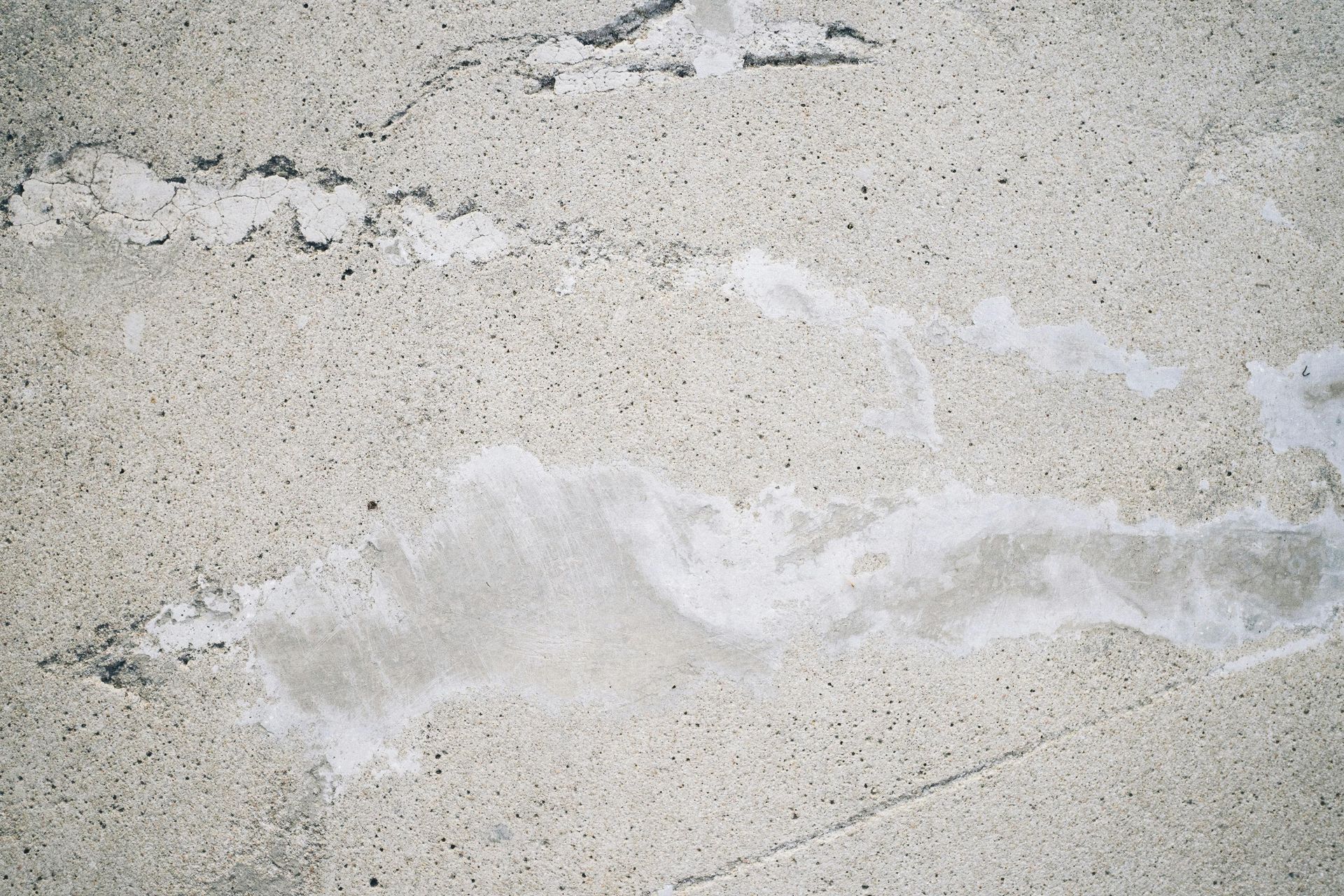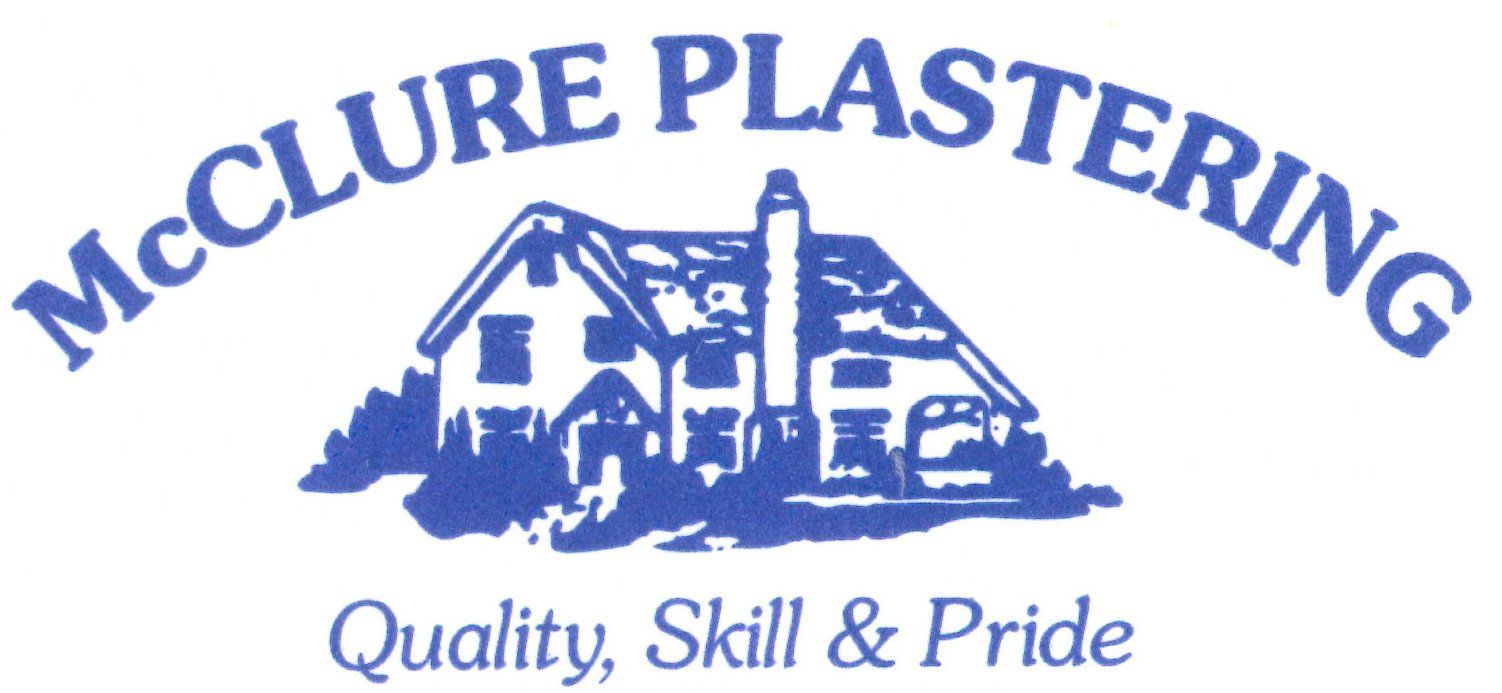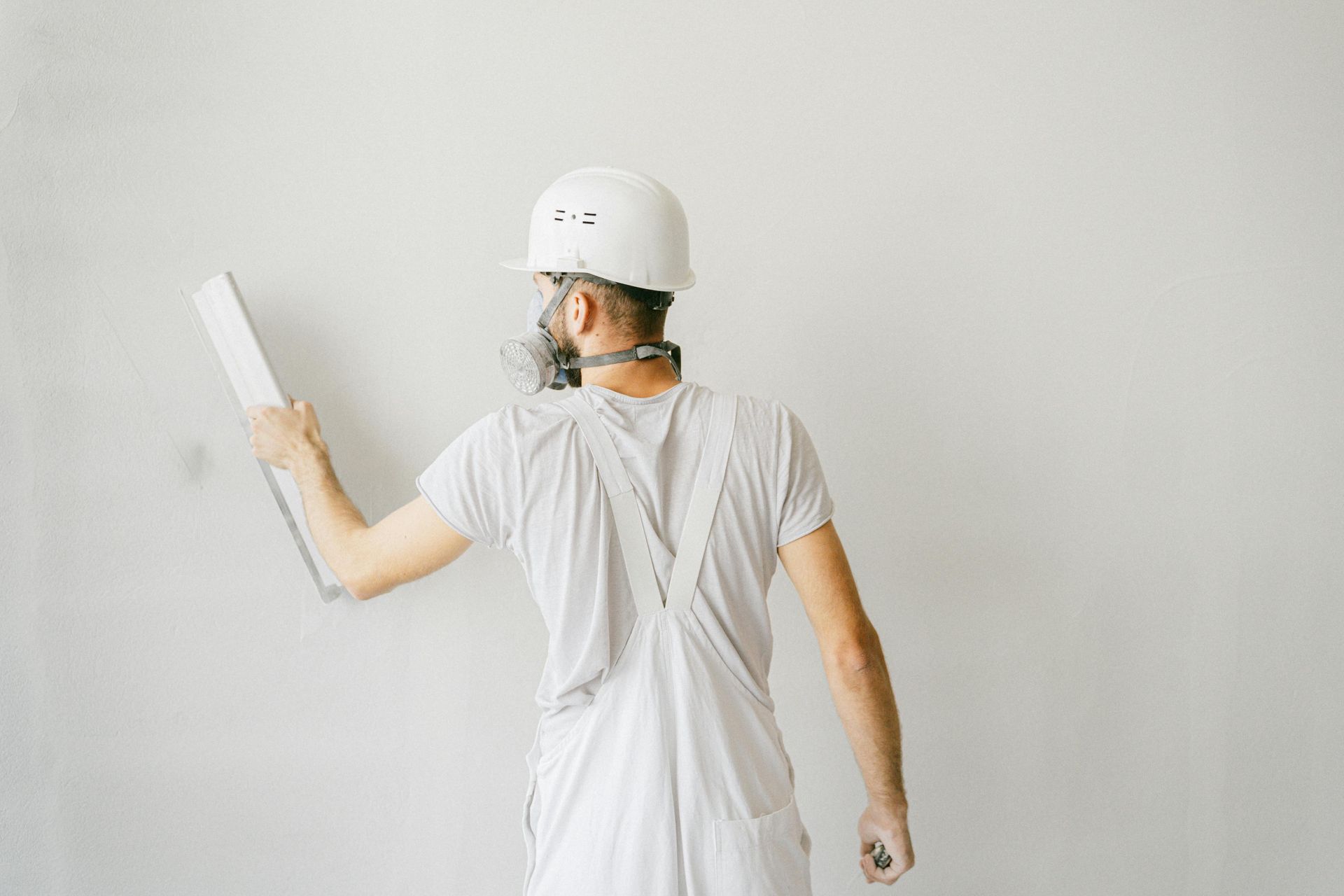Have you noticed diagonal cracks appearing in your stucco exterior? Such cracks can be concerning for homeowners, as they often indicate underlying issues that require immediate attention. Typically found near door frames, windows, or around elements like air conditioning units, these cracks result from shifting foundations, settling structures, or moisture level changes. Identifying the signs and understanding the reasons for this issue is important for maintaining a safe and attractive property.
Let’s explore the potential causes and effective solutions to protect your home from damage while ensuring it remains in top condition.
Visible Diagonal Cracks
Diagonal cracks usually start at a corner and extend across the wall, suggesting possible structural issues. Homeowners should inspect these cracks regularly and document their progression over time. It is important to first the extent and location. If they are minor, a patching compound may do.
For larger gaps, consider reinforcing the area with mesh tape before applying the patching compound. Routine monitoring ensures any changes are documented, allowing for timely interventions.
Crack Width and Depth Changes
Cracks that widen or deepen over time indicate worsening conditions that may necessitate immediate action. Measurements taken at standard intervals can reveal major changes that may show prevailing problems, such as changing foundations or leveling soil. Homeowners can evaluate the severity of these cracks to determine whether repairs are necessary.
In less severe cases, using caulk or flexible filler can temporarily address the issue while long-term solutions are considered. This approach helps maintain property value and helps avert more costly restorations down the line.
Uneven Surface Texture
Homeowners should regularly inspect their stucco for areas that appear raised or sunken. If issues are detected, a professional evaluation is necessary to determine the cause. Solutions may include applying a new coat of stucco to restore a uniform appearance or repairing the underlying structure to prevent future problems.
Additionally, ensuring proper drainage and waterproofing can help reduce moisture-related issues that lead to uneven textures.
Cracks Around Openings
Windows and doors are particularly prone to stress from movement and can be affected by temperature changes. It is advisable for homeowners to regularly examine these areas for cracks, as they may allow moisture to seep in and cause additional degradation. For larger issues, consulting a contractor to assess whether structural reinforcement is necessary is crucial.
Proper flashing and fixing around openings can also help prevent future cracks, providing long-term integrity and performance.
Changes in Paint or Finish
Areas experiencing peeling, bubbling, or discoloration can result from trapped moisture, compromising the reliability of the stucco. Homeowners should investigate these signs promptly, as they can lead to more significant damage over time.
Removing damaged paint and allowing the surface to dry thoroughly can minimize immediate issues. Also reapplying a high-quality, breathable paint can help protect the stucco from moisture.
Water Damage Indicators
Water damage appears through stains and efflorescence on stucco surfaces, signaling moist penetration. Such issues can arise from improper discharge, roof leaks, or poor waterproofing. Residents must conduct routine evaluations to identify areas showing signs of water destruction. Repairing the source of moisture is important to prevent further degeneration.
Applying a water-resistant sealant and repairing gutters or landscaping can provide an additional layer of security. In severe cases, replacing affected stucco sections is necessary to ensure structural credibility.
Are you looking to protect your home from potential damage caused by diagonal stucco cracks? At McClure Plaster & Paint, Inc., our experts will provide you with a thorough assessment and personalized solutions to address any concerns. Contact us today for a free estimate!



